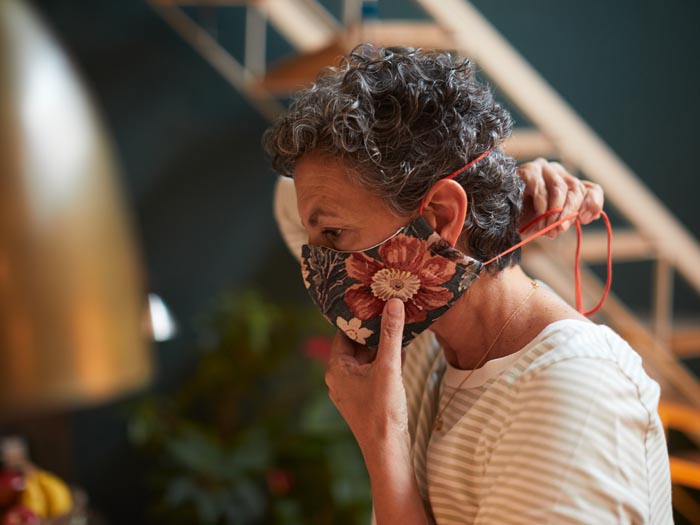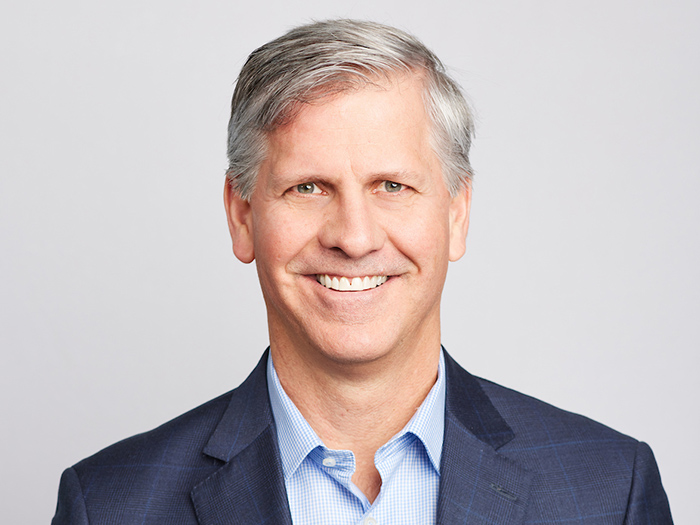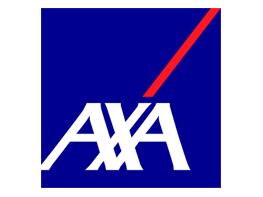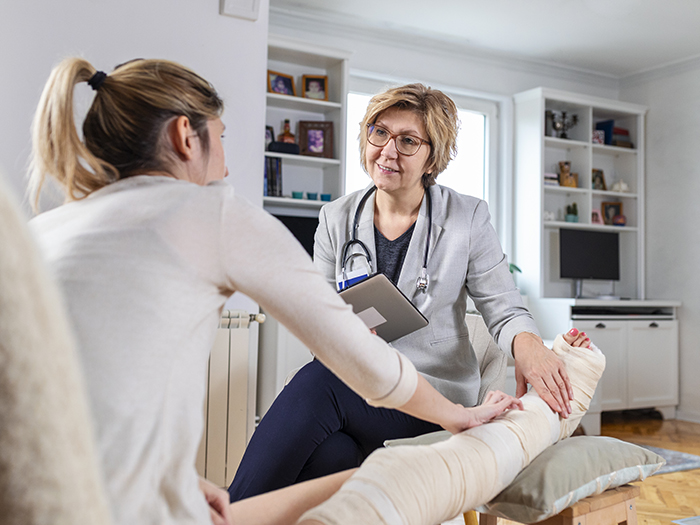Mask Wearing Prevents COVID Spread; But Could It Also Be Ushering in Workers’ Comp Claims?

Much like shoulder pads of the 1980s or the crop tops of the ’90s, facial masks have become something of this decade’s fashion statement. People across the United States — and the globe — have decked out their masks, using cloth materials representing their favorite sports team or giving themselves caricature-esque lips.
However, unlike shoulder pads or crop tops, these masks weren’t ushered in by high fashion magazines and top-brand designers. The spread of the novel coronavirus, COVID-19, has brought on this new “fashion frenzy.”
When worn properly, the masks we’ve been donning since late March can help in preventing the spread of germs.
Of course, different types of masks are doing different things. Cloth masks “protect the environment from the wearer, whereas respirator N95 masks protect the wearer from the environment,” Dr. Natasha Fuksina, an internal medicine physician with Astra MD Health, explained to Healthline earlier this year.
But whether it’s cloth or an N95, these masks have become a vital tool — as important as social distancing or hand washing — in preventing the spread of COVID-19, which is contracted through respiratory droplets.
Though public space restrictions are starting to lax, many stores across the U.S. still require patrons to wear masks inside, because they have proven effective in the fight against COVID-19.
Employers, too, are requiring employees to abide by mask-wearing guidelines as they start to open their doors and bring workers back on the job.
However, as the summer months approach and more is understood about the prolonged use of masks, this very tool meant to protect us might lead to other safety hazards.
Prolonged Mask Use: What Are the Consequences?
Research conducted by PN Medical, and as reported in The New York Times, found that extended mask wearing could lead to improper breathing, which could result in possible negative side effects such as anxiety, headaches, increased heart rate, dizziness and fatigue.
This is even more disconcerting when reports show that a vast majority of people aren’t breathing properly to begin with, masks excluded.
“We could all benefit from a better understanding of a bodily function most of us have long taken for granted and learn how to maximize its efficiency and life-sustaining benefits,” wrote Jane E. Brody in The New York Times. “It’s apparent that even without a mask as an impediment, many people breathe in ways that compromise their well-being.”
Brody reported nose breathing is better than mouth breathing, because our noses kick-start oxygen filtration for our respiratory system: “Inhaling through the nose stimulates the release of hormones and nitric oxide, which helps to regulate vital functions like blood pressure and increase oxygenation throughout the body.”
Rapid, shallow breathing, on the other hand, will keep our bodies in a high-state of alert, which in turn can keep us from feeling relaxed and also decrease oxygen levels in the blood.
For someone who is making a quick run to the grocery store or is out on an evening stroll, mask use isn’t going to inhibit their breathing habits for more than an hour at best. But with so many employees now having to wear a mask at work for 8 to 10 hours a day, could impaired breathing lead to an increase in workers’ comp claims?
Masks and the Worker
Teachers, postal service personnel, restaurant staff, construction workers and more. These are the employees facing 8 to 10 hour shifts behind a mask with few breaks in between.

Will Smith, chief commercial officer, One Call
Since the onset of COVID-19, PN Medical, a respiratory health and research company, has been investigating the underlying effects of mask wearing and how this could affect long-term health of employees.
Its researchers have found, that, yes, prolonged mask wearing may lead to an increase in workers’ compensation claims. This is due in part to what Brody reported on: Workers are not breathing properly to begin with and so are taking in even shorter breaths behind their masks.
“We are not condemning masks,” said Mark A. Carbone, CEO of PN Medical, in a press release. “We realize they are a necessary tool given the current environment we live in. That said, it’s critical to educate people on how to breathe effectively while wearing them.”
Therefore, PN Medical and One Call, a leader in specialty network management services for the workers’ compensation industry, have partnered together to bring proper face mask protocols and education to the workers’ compensation industry.
“These are real health concerns that could lead to an increase in workers’ compensation claims,” stated Will Smith, chief commercial officer for One Call, in response to PN Medical’s findings.
“The good news is, with the proper breathing strategies, they’re all completely avoidable. We’re making it our mission to spread this education within our corner of the healthcare industry.”
Here are just a few starting exercises employers can teach to their employees to help workers master their breathing and avoid long-term mask-wearing health concerns.
4 Ways to Help Train Your Employees to Breathe Easier
1) Perform five quality breaths prior to putting on a mask, immediately after putting it on and when it is removed to prevent being locked into a dysfunctional breathing pattern.
PN Medical defines a quality breath as four seconds of breathing in through the nose, six seconds of exhaling through the mouth and pausing two seconds before repeating.
2) Take longer, slower breaths while wearing a mask.
3) If you must wear a mask for an extended period, take regular breathing breaks, removing the mask when safe and practicing the five quality breaths protocol above.
4) Conduct respiratory muscle training (RMT) for five minutes in the morning and five minutes in the evening.
RMT, PN Medical said, is the method in which both inhaling and exhaling are trained under resistance to improve respiratory muscle strength. This can be done through using approved medical devices designed to engage the diaphragm and strengthen the muscles in the lungs.
The complete investigative data, additional tips and a demonstration video are available on PN Medical’s website. &










